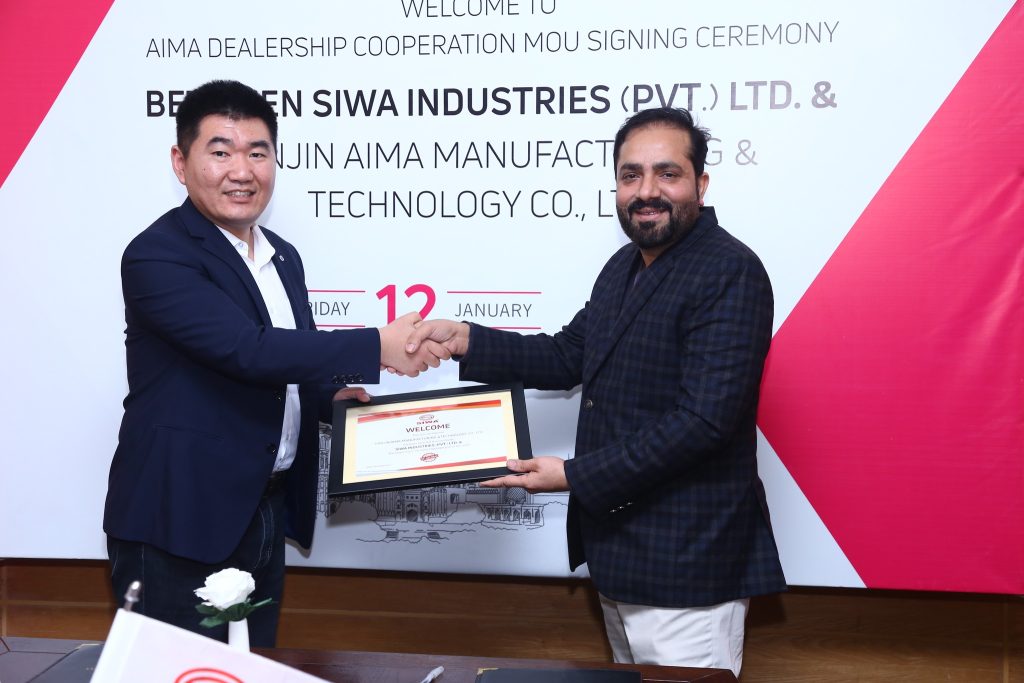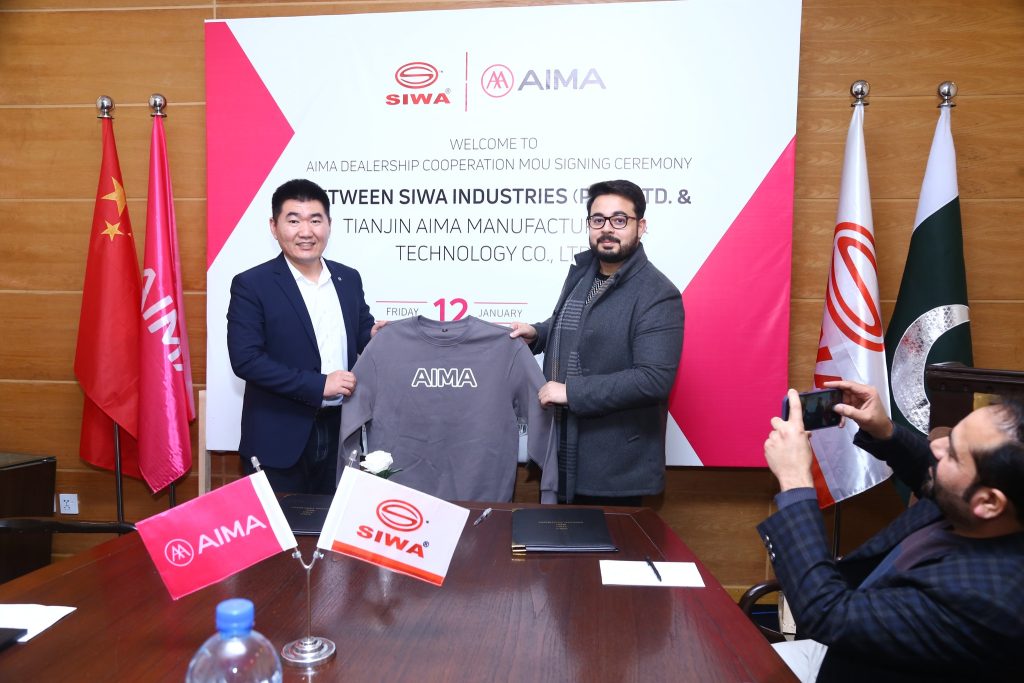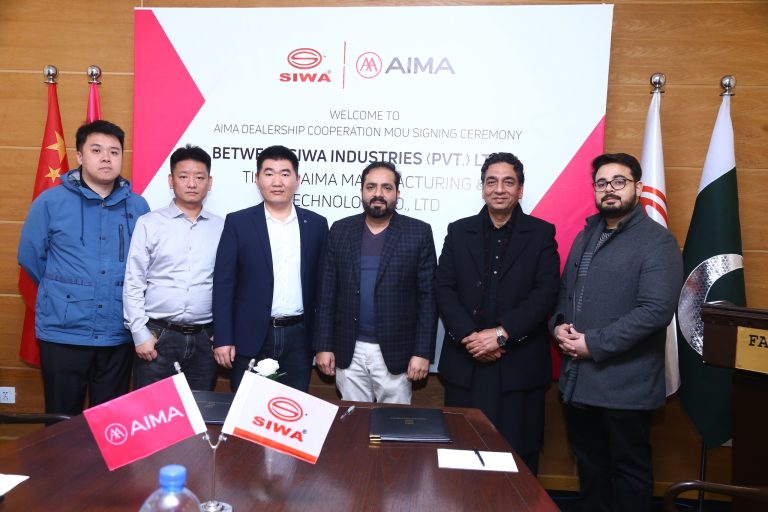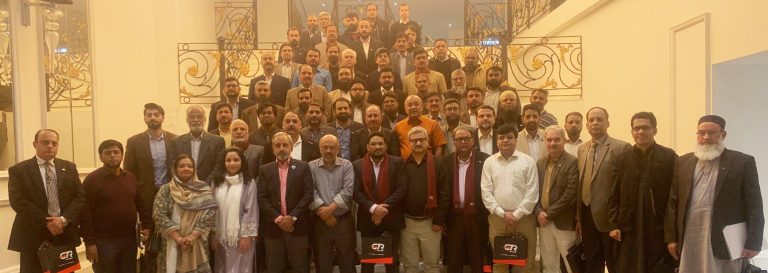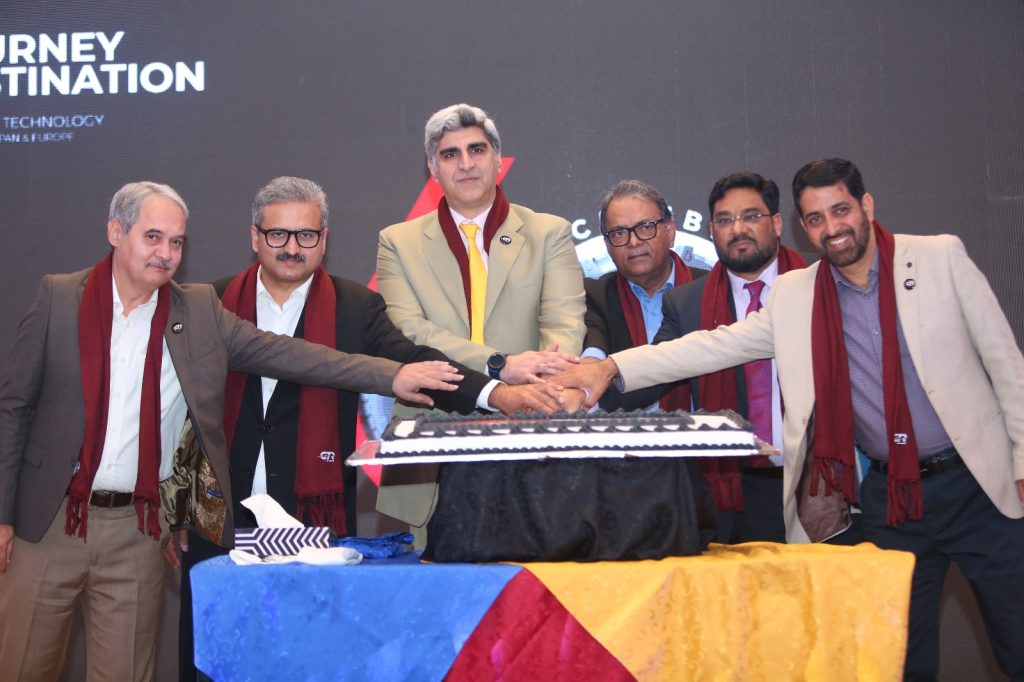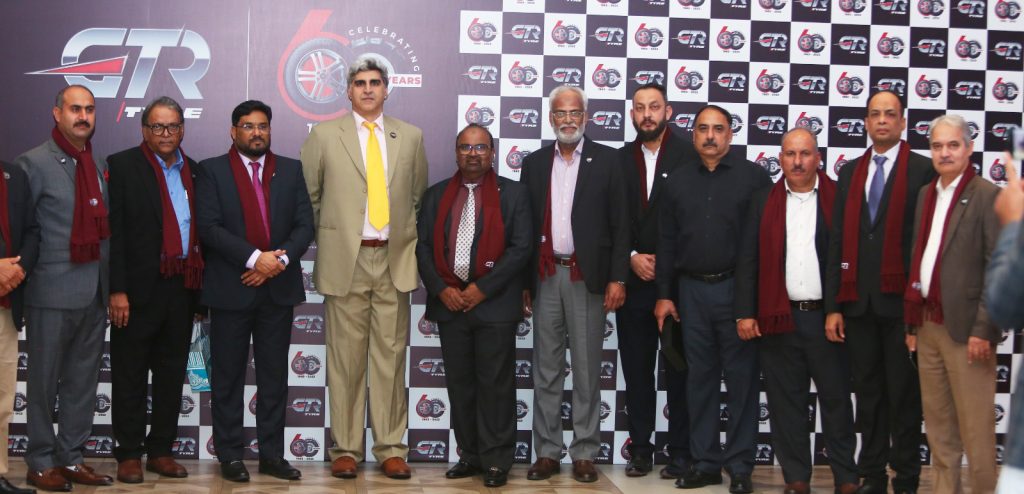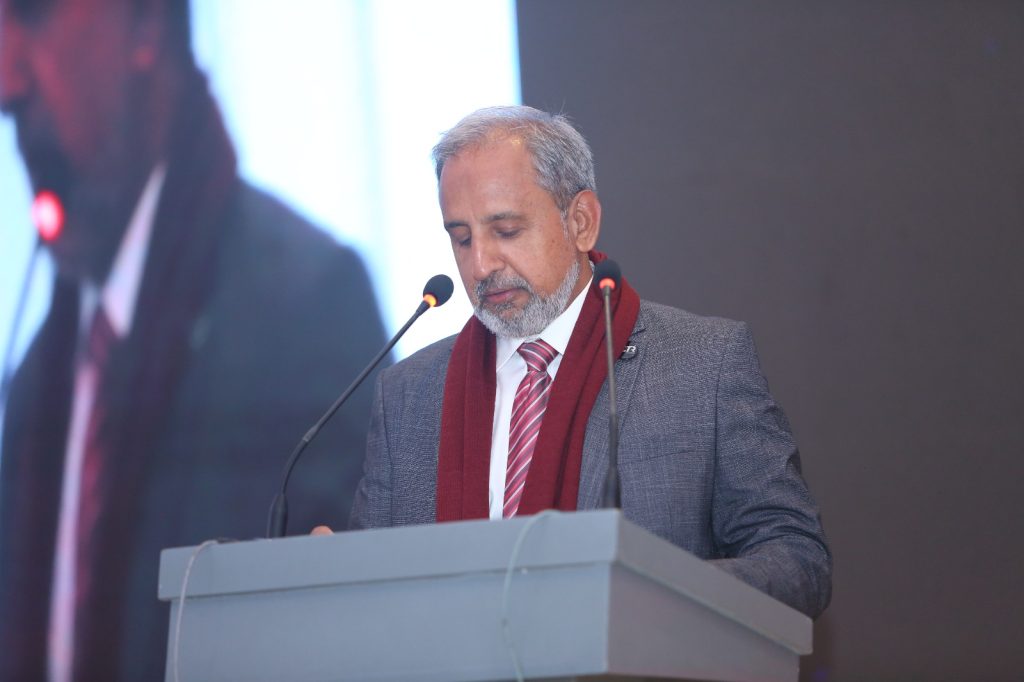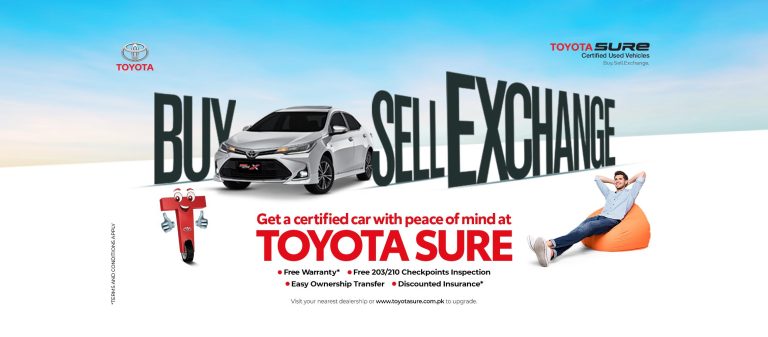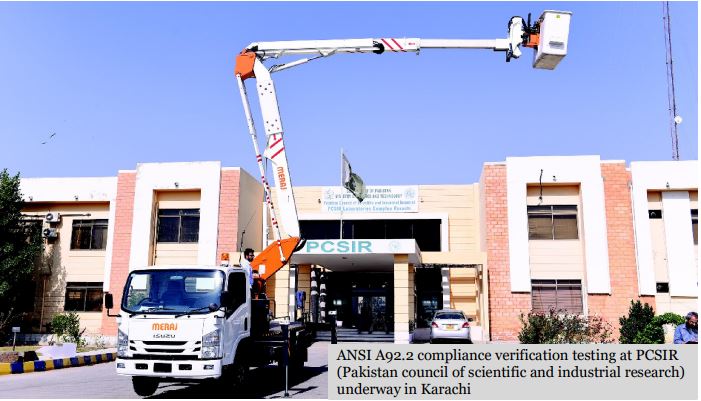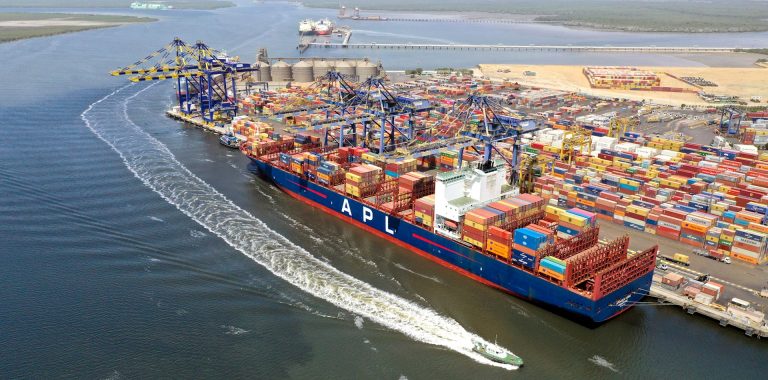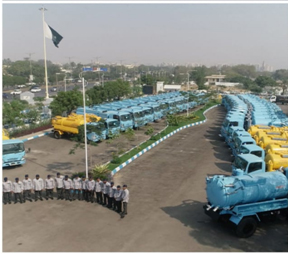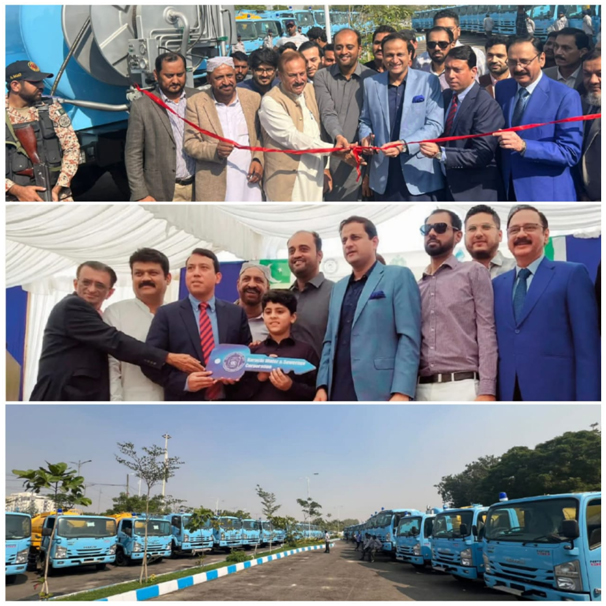Dear Readers, in continuation of my last two articles related to customer service and social media impact in the automotive industry. Let’s summarize the discussion with a great message that the automotive industry is not selling cars anymore, it is selling experiences, while social media is the fuel that ignites the journey.
“Revolutionizing customer service in the automotive industry through social media is not just about fixing problems, it is about creating connections, fostering trust, and steering the wheel of innovation toward a future where every interaction drives brand loyalty.
“In today’s digitally-driven era, the automotive industry is experiencing a transformative shift in the way it approaches customer service, thanks to the persistent influence of social media platforms, as car enthusiasts and consumers increasingly turn to platforms like Facebook, Twitter, and Instagram for information and engagement, the dynamics of customer service in the automotive sector have evolved significantly. One of the notable impacts of social media on automotive customer service is the ability to provide immediate responses and real-time support, customers can voice their concerns or seek information about products and services, and automotive brands can respond promptly, fostering a sense of trust and satisfaction.
Customer service in the age of social media influence requires a strategic and customer-centric approach, In the age of social media influence, providing exceptional customer service is not only about problem resolution but also about building relationships and fostering a positive brand image. Stay agile, responsive, and customer-focused to thrive in this dynamic environment. By embracing these tips and adapting your customer service strategy to the ever-evolving social media landscape, you can build stronger relationships with your customers, enhance brand loyalty, and create a positive online presence. Remember, social media is a powerful tool for good customer service when used strategically and authentically.
Social media has transformed customer service, impacted expectations, and created new avenues for contact, here are some tips to succeed in this environment to provide the best customer service and this is what the customers are demanding.
(i) Train your team on social media best practices. Ensure everyone understands the importance of responsiveness, professionalism, and brand voice. It is important to focus that effective social media usage requires a well-trained team equipped with the necessary knowledge and skills, therefore a comprehensive guide to training your automotive team on social media best practices. Familiarize your team with different social media platforms (Facebook, Instagram, Twitter, etc.) and their ideal target audiences within the automotive context. Train them on crafting engaging content like visually appealing posts, informative videos, and interactive polls. Focus on storytelling, building brand awareness, and addressing customer concerns. Teach them how to monitor conversations, respond to comments and messages promptly, and engage with followers professionally and helpfully. effective social media is a continuous journey, not a one-time effort. Keep training your team, adapt to trends, and be persistent in your efforts to build a strong online presence and connect with your customers in meaningful ways.
(ii) This is very important to have a timely response to customers so there should be a to set clear guidelines for engagement, establish timeframes for response, and protocols for handling sensitive situations, by mastering timely responses on social media, you can transform your online presence from a customer service battlefield into a platform for community building and brand loyalty. So, fasten your seat belts, hit the gas on those response times, and watch your audience become your biggest performers on the digital highway of social media.
(iii) Encourage customer feedback. In the fast-paced lane of the automotive industry, customer feedback is the octane your business needs to thrive. Social media has become the pit stop where drivers pitter-patter with opinions, making it a prime location to encourage reviews and spark conversations. Here are some creative ways to ignite the feedback engine and leave your customers revving with satisfaction, ask for testimonials, reviews, and suggestions to understand what they value and how you can improve. By implementing these strategies, you can transform social media from a broadcast channel to a vibrant feedback loop, fueling your automotive business with the knowledge and insights you need to stay ahead of the curve and leave your customers feeling heard, valued, and eager to keep the conversation going., hence this is a requirement to put your foot on the accelerator, engage your audience, and watch your customer feedback flow like a well-oiled engine, driving your business toward a successful future.
(iv) Measure and analyze your performance. Measuring and analyzing your performance on social media is crucial for any automotive business looking to maximize the impact of its online presence, in the context of your automotive social media strategy Track key metrics like response times, engagement rates, and customer satisfaction to gauge your effectiveness and identify areas for improvement.By effectively measuring and analyzing your performance on social media, you can gain valuable insights into your audience, improve your content strategy, and drive significant results for your automotive business.
(v) Be open and honest in your communication. In the fast-paced world of automotive social media, transparency and honesty are no longer optional; they’re the fuel that drives trust and customer engagement. Here’s how to embrace open and honest communication in your strategies, by embracing openness and honesty in your automotive social media strategy, you can build trust with your audience, forge lasting relationships, and ultimately drive positive results for your business. Remember, people appreciate brands that are genuine, transparent, and willing to have real conversations. That’s why you need to, drain the filters, embrace the messiness, and let your audience see the real you for a truly rewarding social media experience. therefore, it is necessary to address concerns directly and avoid sugarcoating issues.
(vi) Show the human side of your brand. In the high-octane world of automotive social media, the roar of engines can easily drown out the human heartbeat of your brand. But fear not, for by injecting some personality and warmth, you can shift gears and show the human side of your automotive business, driving stronger connections with your customers, so by showing the human side of your brand on social media, you can transform from a faceless corporation into a trusted friend and advisor in the automotive world. So, buckle up, embrace your humanity, and start driving a new era of connection with your customers, let your personality shine through in your interactions.
(vii) Respond promptly and consistently, by prioritizing prompt and consistent responses, you can transform your social media presence from a dusty billboard into a dynamic conversation hub, building trust, boosting engagement, and driving your automotive business forward. So, put your foot on the pedal of responsiveness, maintain a steady brand voice, and watch your audience become your most loyal passengers on the social media highway! Demonstrate commitment to customer satisfaction by addressing concerns promptly.
Takeaway from this article:
The combination of customer service and social media in the automotive sector represents a revolutionary paradigm shift. It’s not just about selling cars; it’s about building permanent relationships, cultivating brand advocates, and embracing a customer-centric approach that extends beyond the showroom. As social media continues to evolve, automotive companies must stay agile, leveraging these platforms to not only address customer needs but to shape the narrative and drive the industry forward. While the impact of social media on customer service in the automotive industry is overwhelmingly positive, challenges such as managing negative publicity, handling a high volume of inquiries, and maintaining consistency across platforms exist. Strategic planning and robust social media management practices can turn these challenges into opportunities for growth.
Exclusive written for Automark Magazine, February 2024 printed/digital edition.
![]()
![]()


